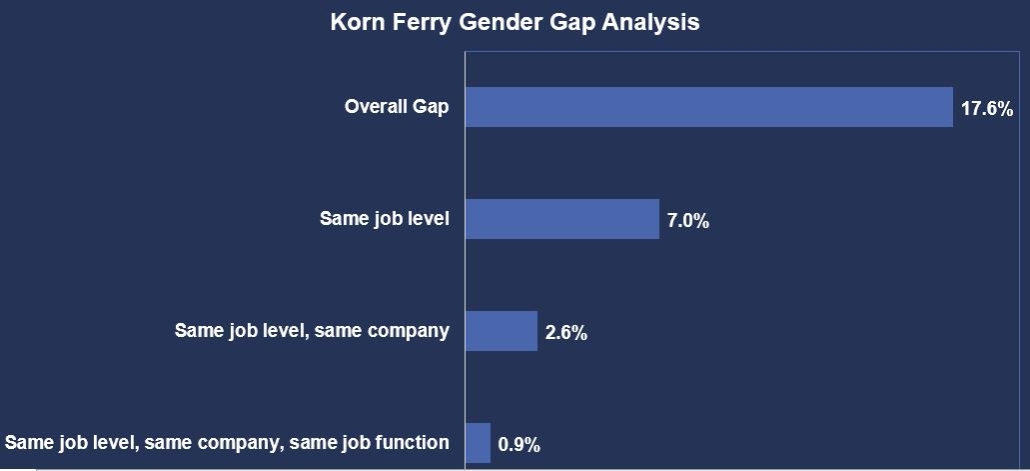Will salary increase budgets rise or fall in 2022? Although employment has not yet returned to pre-pandemic levels, most executives are optimistic the economic recovery will continue, a sentiment that paves the way for higher wages.
In fact, a recent poll by Chief Executive shows CEOs anticipate both revenue growth (79%) and profit growth (68%) over the next 12 months despite setbacks that may have occurred for some in 2021. At the same time, there is growing uncertainty on many fronts. Looking ahead, the C-Suite is concerned about labor costs and shortages (63%); the overall economy (50%); workplace safety and ongoing Covid mandates and restrictions (48%); and supply chain issues (40%).

Against this backdrop, companies are facing one of the tightest labor markets in memory as they determine how to adjust 2022 salary increase budgets to attract and retain top talent.
To get a sense of what management teams are planning for salaries and wages in 2022, we have gathered compensation survey information from a variety of consulting sources including:
WorldatWork
WorldatWork’s 2021-2022 Salary Budget Survey reported that salary increase budgets rose to 3.0% in 2021. In addition, zero increase budgets dropped by half in most employee groups from 2020 levels, which were ten times higher than in 2019.
Not surprisingly, survey participants salary increase budgets this year varied across industries as the pandemic had varying impacts. For example, Mining, Quarrying, and Oil and Gas, saw salary increase budgets falling from 3.1% last year to 2.3% after rising for several years. On the other hand, Educational Services saw a large increase from 1.5% in 2020 to 2.5% in 2021. Salary increases also varied between companies in the same industry.
The survey projects median salary increase budgets will be 3.0% in 2022, while average 2022 salary budgets will be 3.3%. Survey participants predicted no significant differences between nonexempt employees, exempt employees, or executives.
According to survey participants and consistent with previous years, salary increase budgets continue to be greater in smaller companies, resulting in the average being higher than the median.
According to survey participants and consistent with previous years, salary increase budgets continue to be greater in smaller companies, resulting in the average being higher than the median.
Willis Watson Wyatt
According to the Willis Watson Wyatt General Industry Salary Budget Survey, respondents report only 3.0% intend to give no raises in 2022. This is a decrease from 8.0% earlier in 2021. The survey reports projected salary increases of 3.0% for executives, management, professional, and support staff for 2022. This is up from the 2.7% average increases companies gave their staff in 2021. Production and manual labor employees are slated for 2.8% increases, a slight rise from the 2.5% paid this year.
High-tech and pharmaceutical companies project the largest salary budget increases at 3.1%. Next are health care, media, and financial services organizations with 3.0%. Oil and gas companies, leisure and hospitality companies are budgeting salary increases of 2.4%. Retail organizations predict increases of 2.9% next year.
The survey found that top performers received larger pay increases than average-rated employees. Those receiving the highest performance rating received an average increase of 4.5%, 73% higher than the 2.6% granted to average evaluated performers. Note that Lappley & Associates has long advocated that top performers be recognized with increases double those of average rated performers.
Conference Board
According to the Conference Board, median total 2021 salary budget increases for 2021 are 3.0%, on par with the previous 10 years. The projections for 2022 are also at 3.0% and are expected to hold steady across employment categories.

National Association of Manufacturers (NAM)
In a survey taken in August of manufacturers conducted by the National Association of Manufacturers (NAM), participants said they plan to increase wages and full-time employment by 3.5% and 3.8%, respectively, in the next 12 months. NAM reports that manufacturers are continuing to invest in workers and capital at paces that indicate an extremely positive industry outlook for 2022.
Like other industries, manufacturers are facing workforce shortages along with supply chain disruptions, rising cost pressures, and increasing coronavirus cases.
Our Thoughts
It is interesting to note that salary budget increases for next year are consistent by survey source, although they seem to be getting larger as the year progresses. Furthermore, the issues of retention, upskilling and recruiting remain top-of-mind with management executives as they consider plans for next year. With that in mind, here are our predictions:
First, small to medium-sized companies (SME) may have a competitive hiring advantage with more flexibility, the absence of vaccine mandates, and a smaller regulatory burden. We predict they will adopt salary increase budgets of 3.3% to 4.0% in 2022 while large organizations will be closer to 3.0%. The difference between SME and large organization approaches reflects a pattern over the past several years. Further, more recent surveys are pushing expected increases higher.
Second, despite salary budget increases in 2022 exceeding recent years, there will be growing pressure from employees for larger pay increases. This will add to increased turnover risk as employees seek higher compensation. Although it may be temporary, inflation is real and having an impact on American households. For example, federal sources report wholesale prices climbed 8.3% from August 2020 to August 2021, while retail prices rose 5.3% over the same period. In addition, Price Waterhouse Cooper’s Health Research Institute is projecting a 6.5% medical cost trend in 2022, slightly lower than the 7.0% medical cost trend in 2021 and slightly higher than it was between 2016 and 2020.
Third, companies should examine their pay competitiveness levels using salary surveys that robustly test business type, along with competitors for people based on geography and other factors. Then evaluate how close your organization can come to meeting compensation strategy competitiveness goals based on available funding. At Lappley & Associates we have access to a large number of surveys making such an evaluation possible.
Let us Connect
If you liked this newsletter, please pass it along to colleagues who would be interested. And reach out if you would like to discuss further at nlappley@lappley.com or (847) 921-2812.





 Based on our research and experience, we believe the following should guide the treatment of Millennials:
Based on our research and experience, we believe the following should guide the treatment of Millennials: